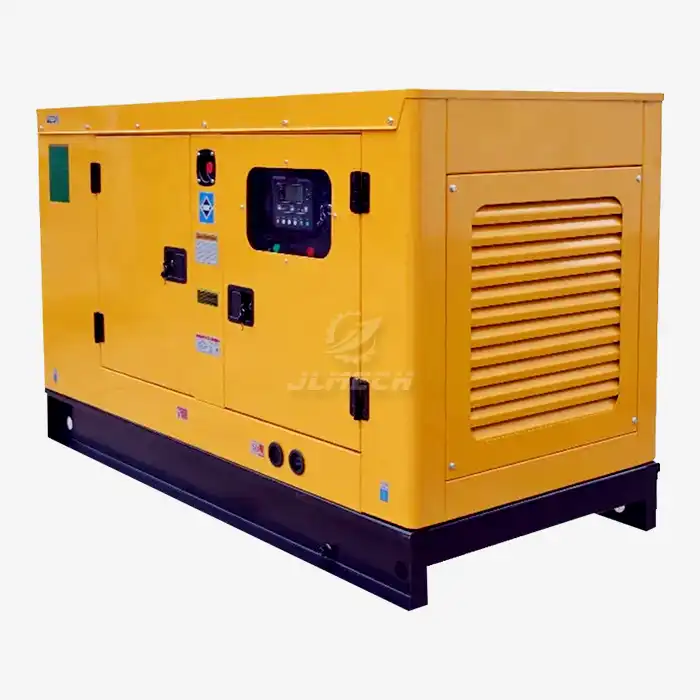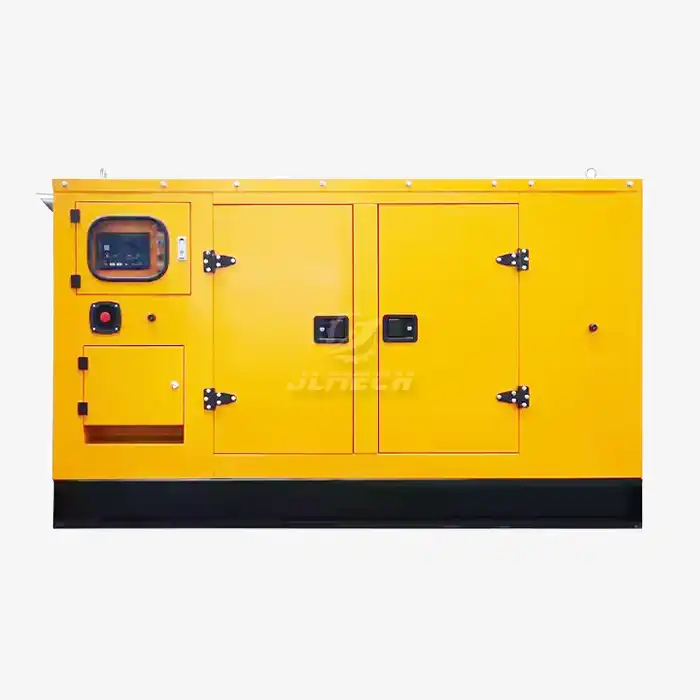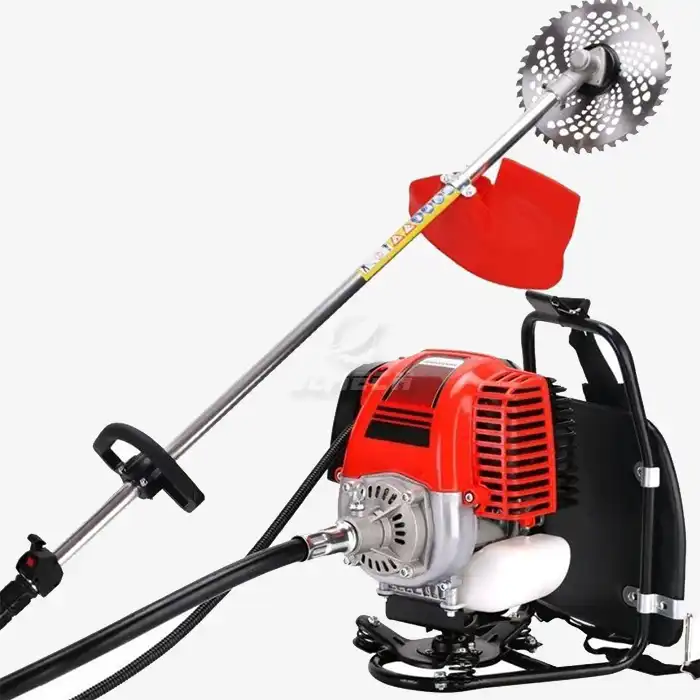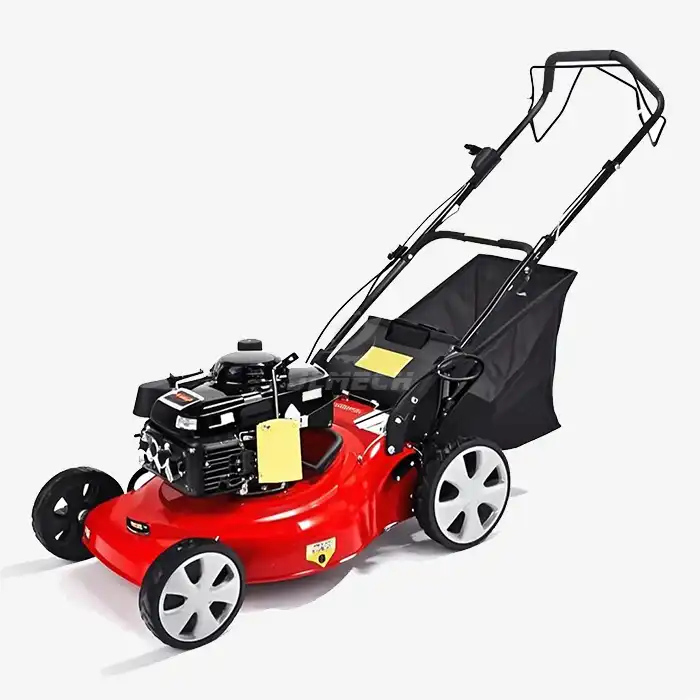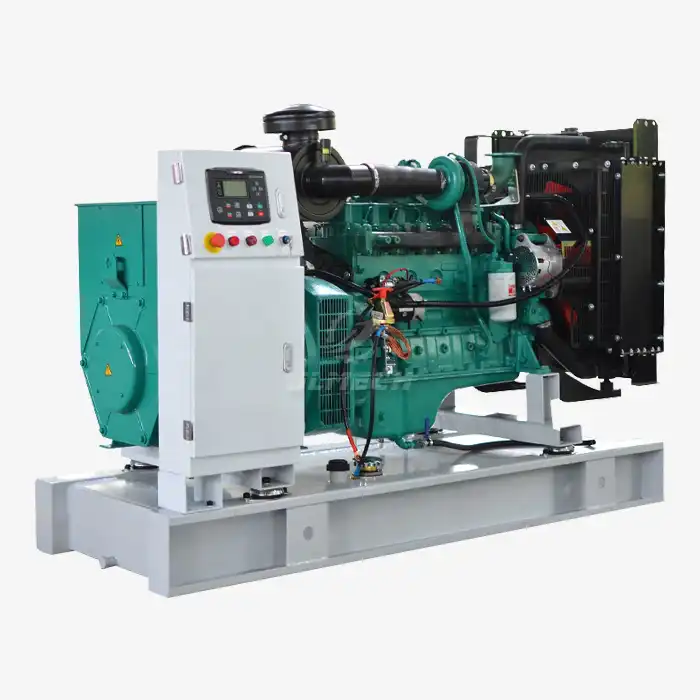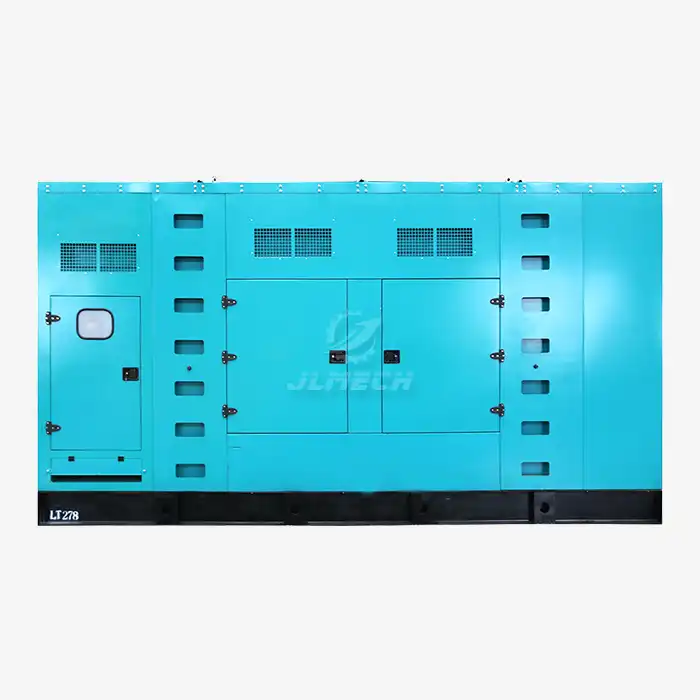What is the oil pump on a diesel engine?
In the world of diesel engines, numerous components work in concert to deliver reliable power, but few are as vital to both performance and longevity as the Diesel oil pump. This crucial component serves as the heart of the engine's lubrication system, ensuring that all moving parts receive a continuous supply of oil under appropriate pressure. Understanding the function, operation, and maintenance requirements of the Diesel oil pump is essential for anyone responsible for specifying, operating, or maintaining diesel generator sets. Without a properly functioning Diesel oil pump, even the most robust diesel engine would quickly succumb to friction, heat, and catastrophic failure.

Fundamental Purpose and Function
The Diesel oil pump performs several critical functions that are indispensable to diesel engine operation:
Continuous Lubrication: Creates a protective oil film between moving components to minimize metal-to-metal contact and reduce friction.
Heat Dissipation: Transports heat away from high-temperature areas such as piston crowns and bearing surfaces.
Contaminant Suspension: Keeps microscopic particles in suspension until they can be captured by the oil filter.
Component Protection: Preforms a vital role in the engine's lubrication system, ensuring all moving parts receive adequate oil .
Without these essential functions provided by the Diesel oil pump, engine components would quickly experience accelerated wear, overheating, and eventual seizure.
Operating Principles
The Diesel oil pump operates on relatively straightforward principles that ensure consistent oil delivery throughout the engine:
Drive Mechanism: Typically driven directly from the engine crankshaft via gears or a splined coupling, ensuring immediate operation upon engine startup .
Suction Phase: Draws oil from the sump through a pickup tube equipped with a screen to filter larger contaminants.
Pressure Generation: Increases oil pressure to meet engine manufacturer specifications, typically between 25-80 psi depending on engine design and operating conditions.
Distribution System: Directs pressurized oil through galleries and passages to critical components including bearings, pistons, and valve train components.
This continuous circulation process ensures all engine components receive adequate lubrication throughout all operating conditions.
Primary Pump Configurations
Diesel engines employ several oil pump designs, each with distinct advantages for specific applications:
Gear-Type Pumps:
Feature two meshing gears (drive and driven) that transport oil from inlet to outlet.
Offer simplicity, reliability, and consistent flow characteristics.
Commonly used in heavy-duty industrial diesel engines.
Rotor-Type Pumps:
Utilize an inner and outer rotor design to move oil through the pump.
Provide higher efficiency and smoother operation compared to gear designs.
Frequently found in modern automotive and smaller industrial diesel engines.
Plunger/Piston Pumps:
Employs a piston mechanism to deliver precise oil amounts .
Often used in specialized applications and specific lubrication systems.
Each configuration must be properly installed with attention to alignment and bolt torque specifications .
Critical System Relationships
The Diesel oil pump does not operate in isolation but functions as part of an integrated lubrication system:
Oil Filter Interaction: Works in tandem with the filtration system to remove contaminants from the oil stream.
Cooling System Support: Complements the engine cooling system by reducing frictional heat generation.
Bearing Survival: Ensures journal and connecting rod bearings receive oil under sufficient pressure to prevent metal-to-metal contact.
Engine Management Interface: Modern systems monitor oil pressure electronically, providing warning signals and potential engine shutdown in low-pressure scenarios.
These interrelationships highlight the pump's central role in overall engine health and performance.
Failure Symptoms and Consequences
Recognizing early signs of Diesel oil pump problems can prevent costly engine damage:
Low Oil Pressure Warning: Illumination of the oil pressure warning light or gauge readings below normal range.
Increased Engine Noise: Noticeable knocking or tapping sounds from bearings and other moving components.
Elevated Operating Temperatures: Engine running hotter than normal due to reduced heat transfer from friction areas.
Performance Degradation: Reduced power output and potential stalling under load.
Without prompt attention to these warning signs, the Diesel oil pump failure can lead to catastrophic engine damage including seized pistons, spun bearings, and complete engine failure.
Maintenance Best Practices
Proactive maintenance significantly extends Diesel oil pump service life and prevents unexpected failures:
Regular Oil Changes: Follow manufacturer-recommended intervals using specified oil grades to maintain proper lubrication and reduce pump workload.
Filter Replacement: Change oil filters at prescribed intervals to prevent contamination buildup that accelerates pump wear.
Periodic Inspection: Check for signs of oil leakage around the pump housing and mounting surfaces during routine maintenance.
Oil Pressure Monitoring: Regularly verify oil pressure against manufacturer specifications to identify declining pump performance.
Screen Cleaning: Remove and clean the oil pump pickup screen during major overhauls to ensure unrestricted oil flow.
These practices help maintain optimal Diesel oil pump performance throughout the engine's service life.
Troubleshooting Guidelines
Systematic diagnosis helps accurately identify oil pump-related issues:
Pressure Testing: Use mechanical gauges to verify oil pressure readings when electronic indicators show abnormalities.
Visual Inspection: Examine pump components for wear patterns during engine overhauls or when investigating lubrication problems.
Component Analysis: Check the oil pump screen and inspect for debris that could indicate related component failures .
Drive System Examination: Verify proper alignment and engagement of drive components during pump installation .
Proper troubleshooting prevents unnecessary replacements and ensures genuine pump issues are correctly identified and addressed.
Conclusion
The Diesel oil pump represents one of the most critical components in any diesel engine, performing the essential function of ensuring continuous oil circulation under pressure to all moving parts. Understanding its operation, maintaining it properly, and recognizing early warning signs of potential failure are essential practices for maximizing engine life and preventing costly downtime. A well-maintained Diesel oil pump provides the foundation for years of reliable engine performance, making it well worth the attention and care it requires.
Our technical team possesses extensive experience with diesel engine lubrication systems and can provide expert guidance on oil pump selection, maintenance, and troubleshooting. For professional assistance with your diesel power needs, contact our specialists at skala@whjlmech.com.
References
Johnson, M. (2022). Emergency Power Systems: A Comprehensive Guide to High-Speed Diesel Generators. Power Engineering Quarterly, 45(3), 78-92.
Oil Pump: Service and Repair. (n.d.). Retrieved from Charm.li



